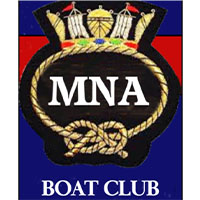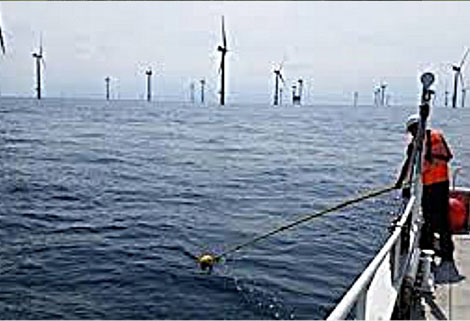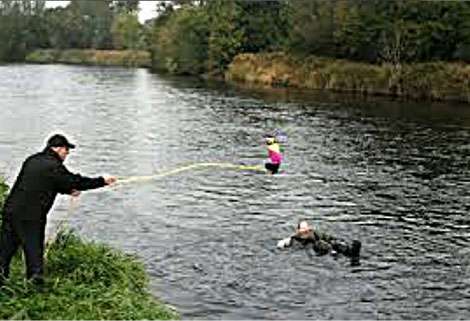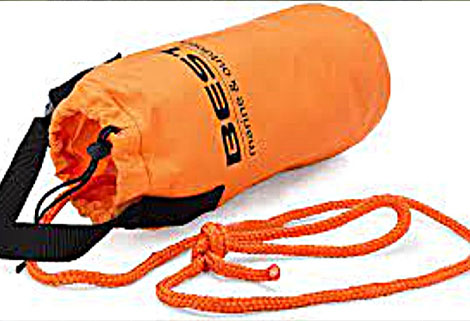mna waterwatch responder guidelines
how to safely rescue somebody who is in the water

Hierarchy:
If you see anyone in trouble in the water then follow this procedure, but do NOT put yourself at risk and become a casualty yourself!
- As a general rule CALL the emergency services by phoning 999 or 112 or, if you’re at sea, call the Coastguard on VHF Channel 16 (or by making a Mayday call from your VHF DSC emergency button). HOWEVER, if there is an imminent threat to someone’s life that requires an immediate personal response, you should act accordingly whilst trying to get someone else to call the emergency services on your behalf.
- TALK to the casualty advising them to keep calm and FLOAT on their back with their head resting on the water and their arms extended to slow their breathing. Let them know you’re there to help and try to guide them to the safest place to deploy available rescue equipment.
- SECURE YOURSELF to avoid the risk of being dragged into the water.


- If you are afloat and can reach the casualty with a boathook or long piece of stick drag them alongside. If you cannot reach the casualty deploy the rescue equipment you have to hand (e.g. lifebuoy, throw bag, boarding ladder, rope, boathook etc.). Pull them slowly towards the point where they can be helped into your boat.
- If you’re ashore, proceed as above dragging them into the bank or at least into the shallows. The best place to land a casualty will depend on your surroundings but always be careful to avoid sharp obstructions or entanglements and avoid getting dragged into the water yourself.


- Be aware that the casualty is likely to be tired, cold and confused and unable to help themselves. They may well need medical attention especially if they have been under the water - they should not be left alone for 24 hours following immersion.
There are three main dangers from immersion in cold water:
- Cold Water Shock from inhaling water, resulting in hyperventilation leading to a stroke or cardiac arrest.
- Mid-term immersion causing their temperature to drop with a consequential loss of strength and coordination, making grasping a rope or climbing a ladder very difficult if not impossible.
- Hypothermia resulting from immersion in the water for more than about 30 minutes with consequential exhaustion, lack of coordination and unresponsiveness.
Bear in mind that, even if you’re able to effect a rescue yourself without help from the emergency services, there is still a very strong chance that the casualty will need emergency medical assistance. Therefore, before performing a rescue, try to ensure that someone is alerting the emergency services.


Throwing a Lifebuoy, Throw-Bag or Rope
- Choose safe sites for both throwing the equipment and recovering the casualty. Make sure the line is long enough, free from tangles, knots or loops and is coiled neatly before you throw – do not wrap the end round your wrist.
- Before throwing get a secure footing that’s not slippery or unstable, brace yourself and, if possible, get someone to hold on to you. Avoid standing in loops of the rope.
- Aim by pointing your arm in the direction of the casualty trying to get the rope as close to the casualty as you can. In the case of a hard and/or heavy lifebuoy AVOID hitting the casualty on the head with it!
- Depending on the wind and tidal conditions, it might be necessary to throw the line over the top or to one side of the casualty for them to grab it. Therefore, it is important to warn them beforehand. Shout or show them the rescue equipment so they understand what you’re about to do.
- Once the casualty has grabbed the equipment try to make them secure it to themselves before you start dragging them to the chosen landing place.

Clive Edwards
Clive has been a Coastguard Rescue Officer, Station Manager of a Coastwatch Station, and a RNLI Water Safety Officer. He is Commodore of the MNA Boat CLub, and was recently elected Chairman of the Institute of Seamanship. Clive now does most of his boating on the Norfolk Broads, where he and his wife Lois keep their boat "Elsa ll" and carry out safety boat duties as a Guardship for the famous annual Three Rivers Race. They also undertake shore crew duties for Hemsby Independent Lifeboat Station and their "Lifeboat for the Broads"
